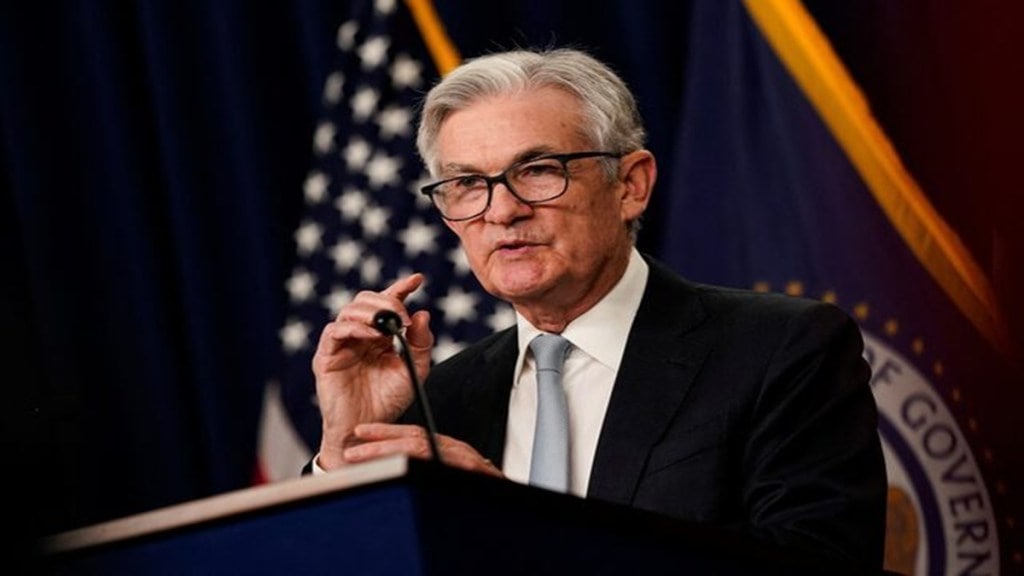All eyes will be on a keynote speech by Jerome Powell, Chair Federal Reserve, today. Powell will be speaking on Economic Outlook and Monetary Policy at the National Association for Business Economics (NABE) Annual Meeting, Philadelphia, on October 14.
Powell will deliver his speech at the Adam Smith Award Luncheon and Lecture between 11.30 am and 1.10 pm ET. The moderator of the session will be Emily Kolinski Morris, CBE, NABE President, Chief Economist, Ford Motor Company.
Federal Reserve Chair Jerome Powell’s address at the National Association for Business Economics in Philadelphia will be his first public appearance since the policy meeting last month, which revealed divisions among Fed officials regarding future interest-rate cuts.
Last week, Powell spoke at the Community Bank Conference, but those were pre-recorded welcome remarks.
The world has undergone significant changes since Powell’s September 17 rate cut, with the US government shutdown halting key economic data releases.
At the September FOMC meeting, Powell and the dot plot suggested two more rate cuts in 2025. Markets anticipate a 100% probability of an interest rate cut in October and an 88% chance of another cut in December, both increasing since the lockout began.
The shutdown and deteriorating jobs market data could strengthen the case for a rate cut if fresh data arrives before the October 28-29 FOMC meeting, while Powell’s team may pause if not.
The US Fed is considering lowering interest rates to stimulate the economy and prevent rising unemployment, despite inflation not falling within the 2% range, as job growth has slowed due to tariff increases.
Powell’s remarks on the current situation in the job market and the inflationary pressures amidst Trump tariffs will be closely watched today.
The conference, which is centered around the theme ‘Global Economy in Transition: Finding Opportunity Amid Disruption’, will look at the urgent issues that global business and policy leaders must deal with as they negotiate a more unpredictable environment that is influenced by changing trade policies, monetary policy divergence, technological disruption, and geopolitical instability.
Sessions will also cover long-term structural concerns, such as changing labor markets, climate change, and the impact of economic power structures, offering insights into how companies and policymakers might prosper in the face of these continuous changes.

